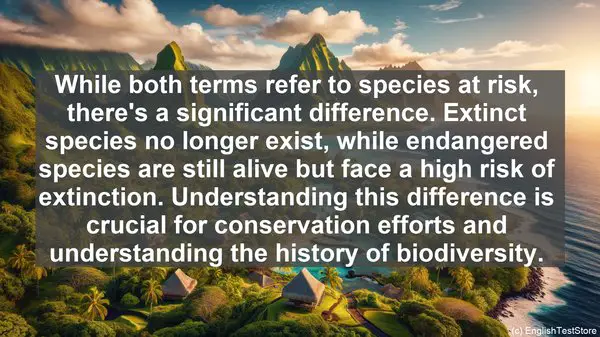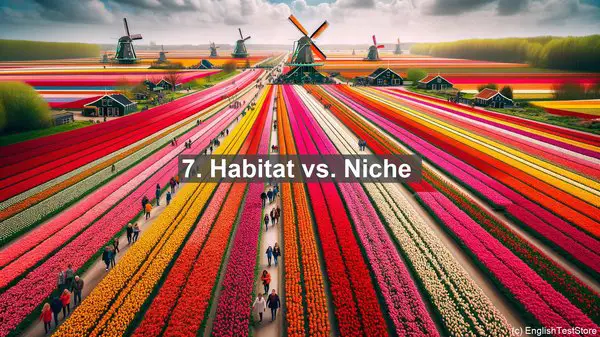Introduction
Welcome to today’s lesson on paleoecology. In this lesson, we’ll be discussing the top 10 commonly confused words in this field. Understanding these terms is crucial for accurate communication and research in paleoecology.

1. Fossil vs. Artifact
One of the most basic distinctions in paleoecology is between fossils and artifacts. Fossils are the remains of ancient organisms, while artifacts are objects created or modified by humans. It’s important to differentiate between the two, as they provide different types of information about past ecosystems.
2. Extinct vs. Endangered
While both terms refer to species at risk, there’s a significant difference. Extinct species no longer exist, while endangered species are still alive but face a high risk of extinction. Understanding this difference is crucial for conservation efforts and understanding the history of biodiversity.
3. Adaptation vs. Evolution
Adaptation refers to specific traits that help an organism survive in its environment. Evolution, on the other hand, is the broader process of genetic change over generations. While all adaptations are a result of evolution, not all evolutionary changes are adaptations. This distinction is important when studying the long-term dynamics of ecosystems.
4. Paleoecology vs. Paleontology
Paleoecology and paleontology are related but distinct fields. Paleontology focuses on the study of fossils, while paleoecology is concerned with the interactions between organisms and their environment in the past. Both fields contribute to our understanding of ancient ecosystems, but they have different research goals.
5. Megafauna vs. Microfauna
When we talk about the size of organisms in paleoecology, we often use the terms megafauna and microfauna. Megafauna refers to large animals, while microfauna refers to small organisms like insects or microorganisms. These terms help us describe the composition and structure of past ecosystems.
6. Stratigraphy vs. Chronology
Stratigraphy is the study of rock layers and their arrangement, which can provide insights into the relative ages of fossils and artifacts. Chronology, on the other hand, is the science of determining the absolute dates of events. Both are important for establishing the timeline of past ecological changes.
7. Habitat vs. Niche
While both terms refer to an organism’s place in the environment, they have different meanings. A habitat is the physical location where an organism lives, while a niche refers to its role and interactions within that habitat. Understanding these terms helps us understand the complexity of ecological relationships.
8. Biotic vs. Abiotic
Ecosystems are composed of biotic and abiotic factors. Biotic factors are living components, such as plants and animals, while abiotic factors are non-living, like temperature or soil composition. Recognizing and studying these different factors is essential for understanding ecosystem dynamics.

9. Paleo vs. Neo
The prefixes ‘paleo’ and ‘neo’ are commonly used in paleoecology. ‘Paleo’ refers to the past, while ‘neo’ refers to the present or recent times. These prefixes help us differentiate between ancient and modern phenomena or concepts.
10. Taphonomy vs. Biomineralization
Taphonomy is the study of how organisms decay and become fossilized, while biomineralization is the process by which organisms produce minerals, like shells or bones. Both processes are important for the preservation and interpretation of fossil records.
